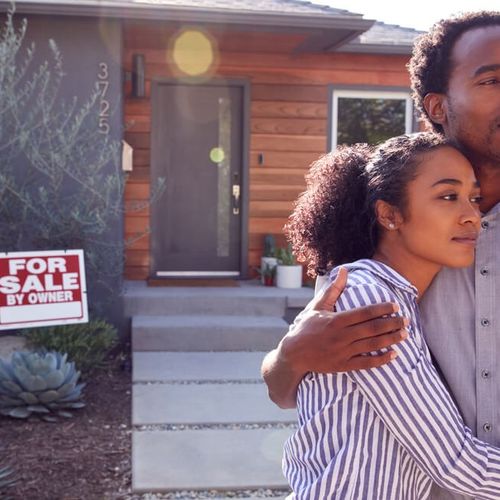When you walk into a historic Staten Island home - whether a 19th-century cottage or a Brooklyn brownstone with Staten Island influence, you may notice something interesting: the upstairs rooms often have wide pine floorboards, while the main or first floor may feature oak (or other hardwood) flooring. What’s behind that pairing? Here’s how to understand the phenomenon and what it means for homeowners today.

The Economics & Availability of Wood in the 1800s - early 1900s
In the 1800s and into the early 1900s, wood species availability and cost heavily influenced flooring decisions. Softwoods like pine (often wide-plank heart pine or yellow pine) were abundant, inexpensive, and easy to mill. According to flooring-history sources, softwood floors were common in early American homes, especially in upper or less visible spaces. brownstoner.com+2Wood Floor Business+2

Meanwhile, hardwoods (oak, maple, etc) became the premium choice for “show” spaces or main living areas where greater wear, durability and status mattered. brownstoner.com On Staten Island and Brooklyn, with good access to timber and sawmills, this meant that builders could reasonably spec pine upstairs (less visible, lighter use) and oak downstairs (public, high-foot-traffic).

Usage Patterns & Structural Logic
The upstairs spaces in older homes typically served as bedrooms or less trafficked rooms. These floors received lighter foot traffic and fewer heavy furnishings, so a softer wood like pine held up acceptably. Downstairs, where parlors, dining rooms and halls lived, flooring needed to withstand more wear and also make a statement. Oak (harder, more durable, and considered higher quality) fit the bill.
Another factor: earlier floors were sometimes laid as structural sheathing and sub-floors, using whatever wide softwood planks were available - meaning upstairs floors might have been “built for function”, then later refinished. One Staten Island historian noted that in a restoration, the upstairs boards were “wide pine boards give off a richness and beauty that only wood as old and mellow can give.” Squarespace

What This Means for Today’s Homeowner
If you’re buying or renovating a home in Staten Island or South Brooklyn (103xx / 11209/11214/11228), noticing pine upstairs and oak downstairs isn’t just a quirk! It’s a clue to the home’s age, construction mindset and material sourcing.
Authenticity: Maintaining those upstairs pine floors can preserve original character while saving money vs replacing with new hardwood.
Wear & refinishing: Pine is softer than oak. Expect more dents upstairs, but that’s part of the patina. Downstairs oak can be refinished multiple times.
Renovation decisions: If you decide to upgrade the upstairs to hardwood, you may impact the historic feel and potentially the resale appeal for buyers seeking authenticity.
Buyer awareness: As your trusted Staten Island & South Brooklyn Realtor®, I advise clients to appreciate these original materials, not treat them as flaws. They tell the story of the home.
—
Joseph Ranola | Five-Star Staten Island & South Brooklyn Realtor® (30 + Google reviews)
Associate Broker · Matias Real Estate | Founder · Bridge & Boro Team
Serving 103xx and 11209 / 11214 / 11228 | $25 M + closed volume
📞 917-716-1496 | RanolaRealEstate.com


